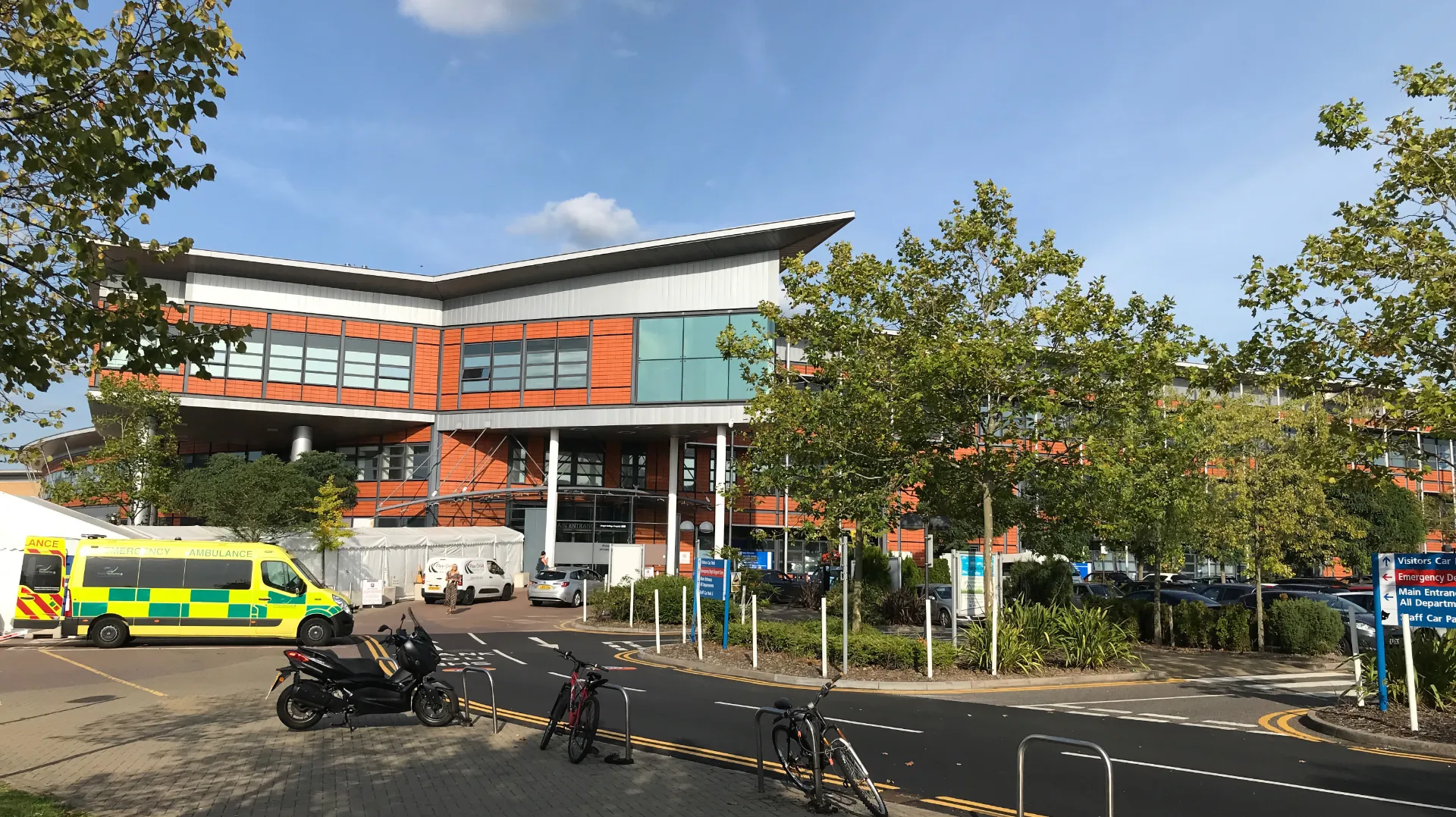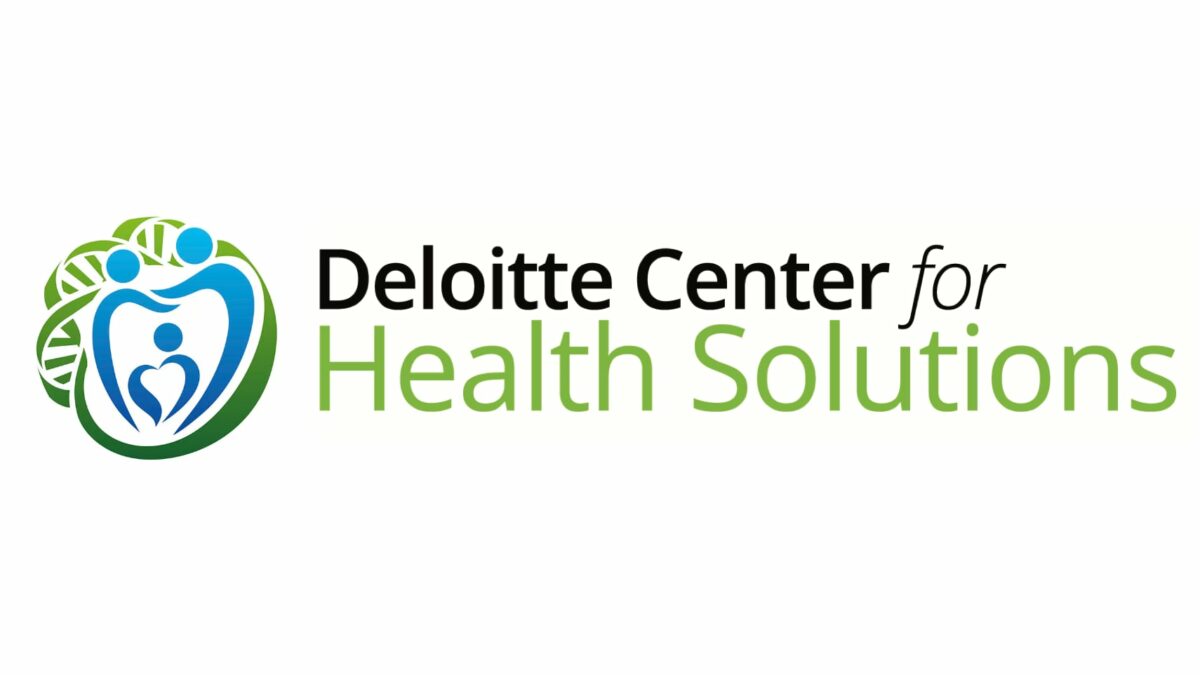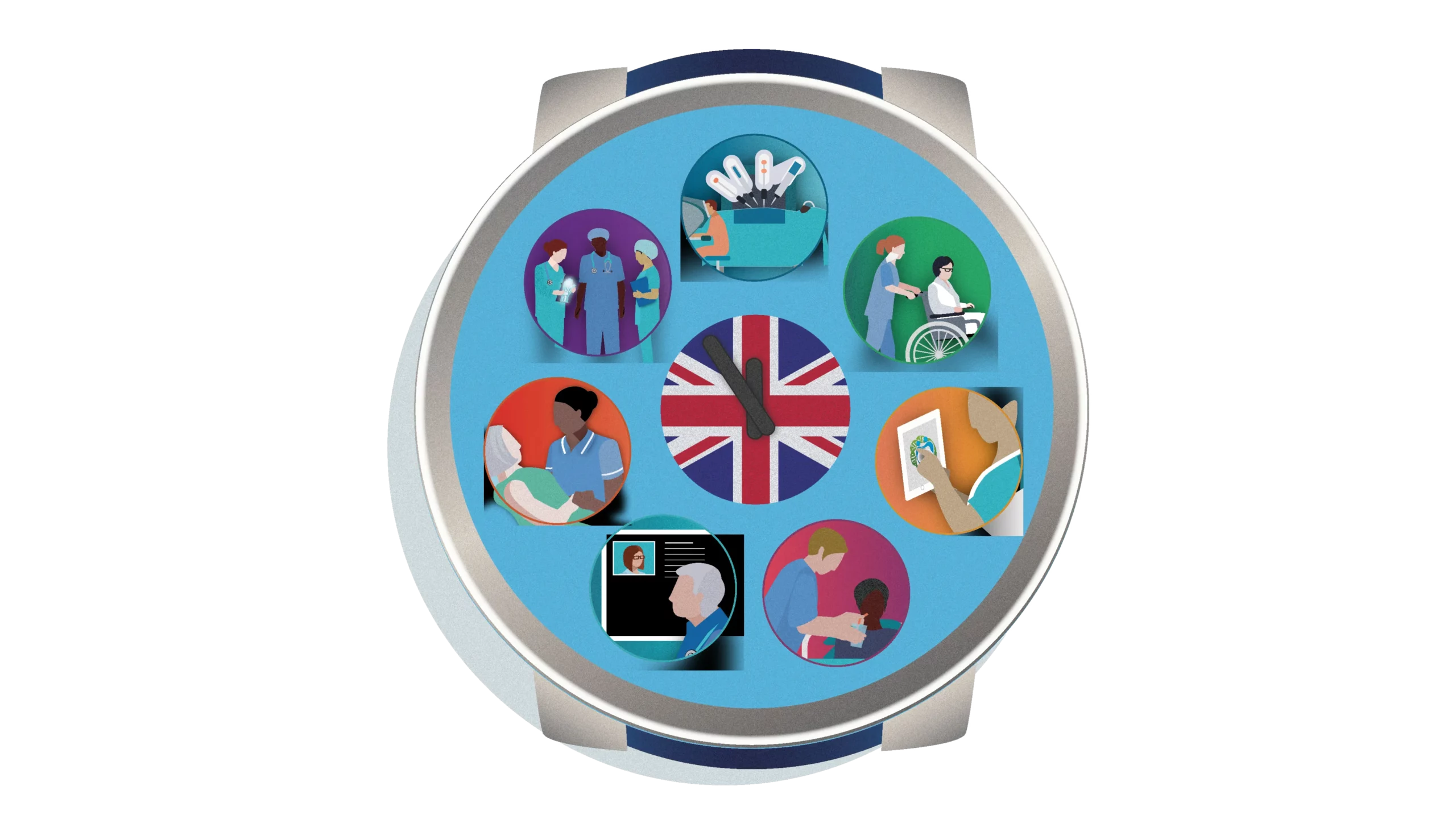Introduction
The Brighton and Sussex University Hospitals NHS Trust struggled to attract junior doctors to work in its Emergency Department (ED) and was losing all grades of staff due to the pressure from unsustainable rotas. This resulted in significant staffing gaps and high agency costs.
The leadership of the ED responded by creating a new annualised rostering system, which provides safe staffing levels, meets the needs of individuals at different career levels and creates the fexibility to accommodate staff leave and project requirements.
A key challenge was to find a functional, cost-effective and fit-for-purpose IT programme that would allow staff to plan their working time in a way that met the requirements for safe staffing cover.

Solution
The clinicians in the department worked with IT developers at HealthRota on a system with sufficient fexibility to cope with the large variety of rosters for diferent career grades.
Together, they devised a system to ensure the ED has 24/7 consultant cover and is an attractive place to work, despite being an extremely busy department.
-
Mobile App for Accessibility
HealthRota’s mobile app allows doctors to access and review their digital rotas in real-time, request leave, and check their remaining leave availability from the palm of their hand.
-
Annualised Rota
An annualised rota system that calculates a set number of clinical shifts that have to be worked over the year for both junior doctors and middle and senior grades.
-
New Training System
A new system for training posts, comprising 66 to 75 per cent of clinical work and 25 to 33 per cent for non-clinical projects in education, leadership, diagnostics and a clinical specialty of personal choice
-
Flexible and Optimised Cover
The shifts needing cover are decided according to patient need, optimising cover and making optimal use of staff clinical time, while also allowing individual flexibility
Results
Outcomes of these measures include:
- a full rota of junior doctors and trainee doctors attracted back from abroad
- no further need for junior doctor locums, resulting in saving of over £1 million in costs annually
- a good work-life balance. In an internal survey, 81 per cent reported good work-life balance; 90 per cent believed the job allowed them to participate in quality improvement and innovation projects they would otherwise not have time for; 100 per cent said they would recommend the job to others.
The Trust now has more applicants for emergency medicine than posts available, highlighting its growing reputation as a good place to practice as an emergency doctor. For the August 2017 entry, there were 41 applicants for 25 posts, with a 100 per cent fill rate.
The ED succeeded in increasing medical staff numbers by 21 clinical fellows and 9 registrars – a combination of filling unfilled posts and creating new posts. Self-rostering became a major factor in the retention and recruitment of senior clinicians, as it allows senior clinicians to combine work with family commitments or portfolio careers. This is particularly important for women, and in the last year the Trust appointed seven new full time equivalent (FTE) female consultants.
About the Deloitte Centre for Health Solutions
The Deloitte Centre for Health Solutions is the research arm of Deloitte LLP’s health care and life sciences practices. Our goal is to identify emerging trends, challenges, opportunities and examples of Case, based on primary and secondary research and rigorous analysis.
The Centre’s team of researchers seeks to be a trusted source of relevant, timely, and reliable insights that encourage collaboration across the health value chain, connecting the public and private sectors, health providers and purchasers, patients and suppliers. Our aim is to bring you unique perspectives to support you in the role you play in driving better health outcomes, sustaining a strong health economy and enhancing the reputation of our industry.
Download Time to Care Case Study (9.54 MB)

